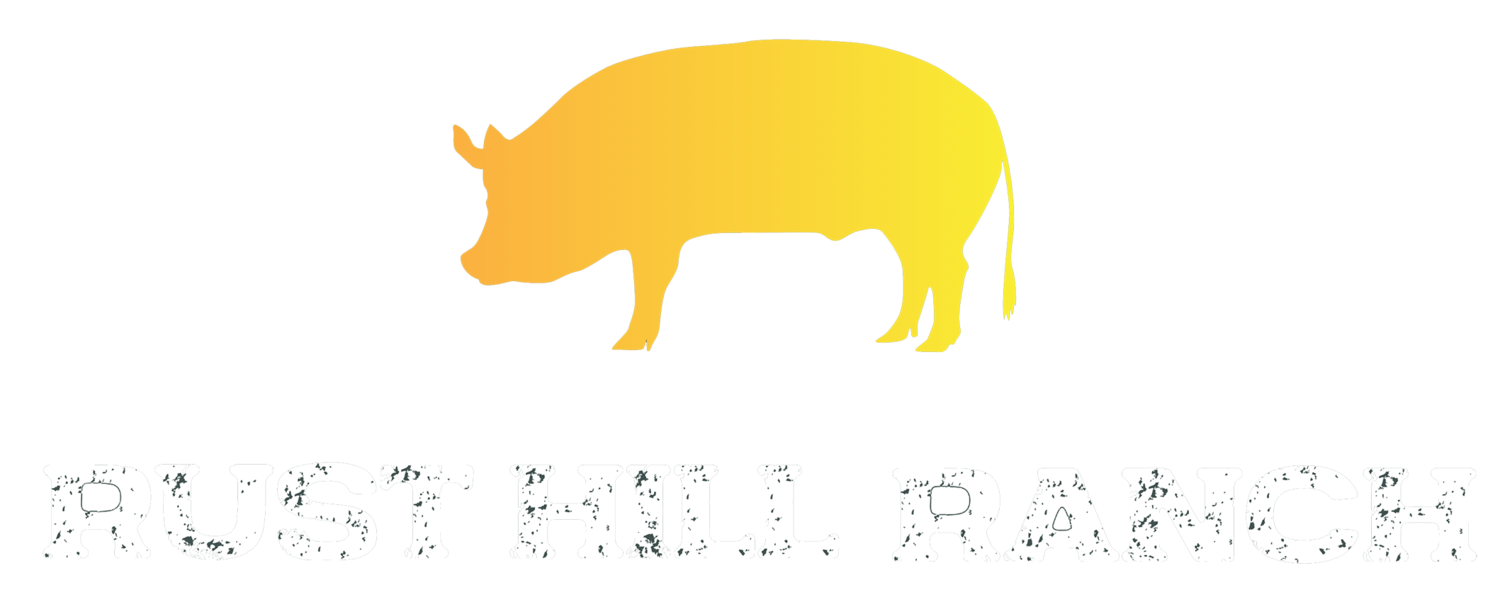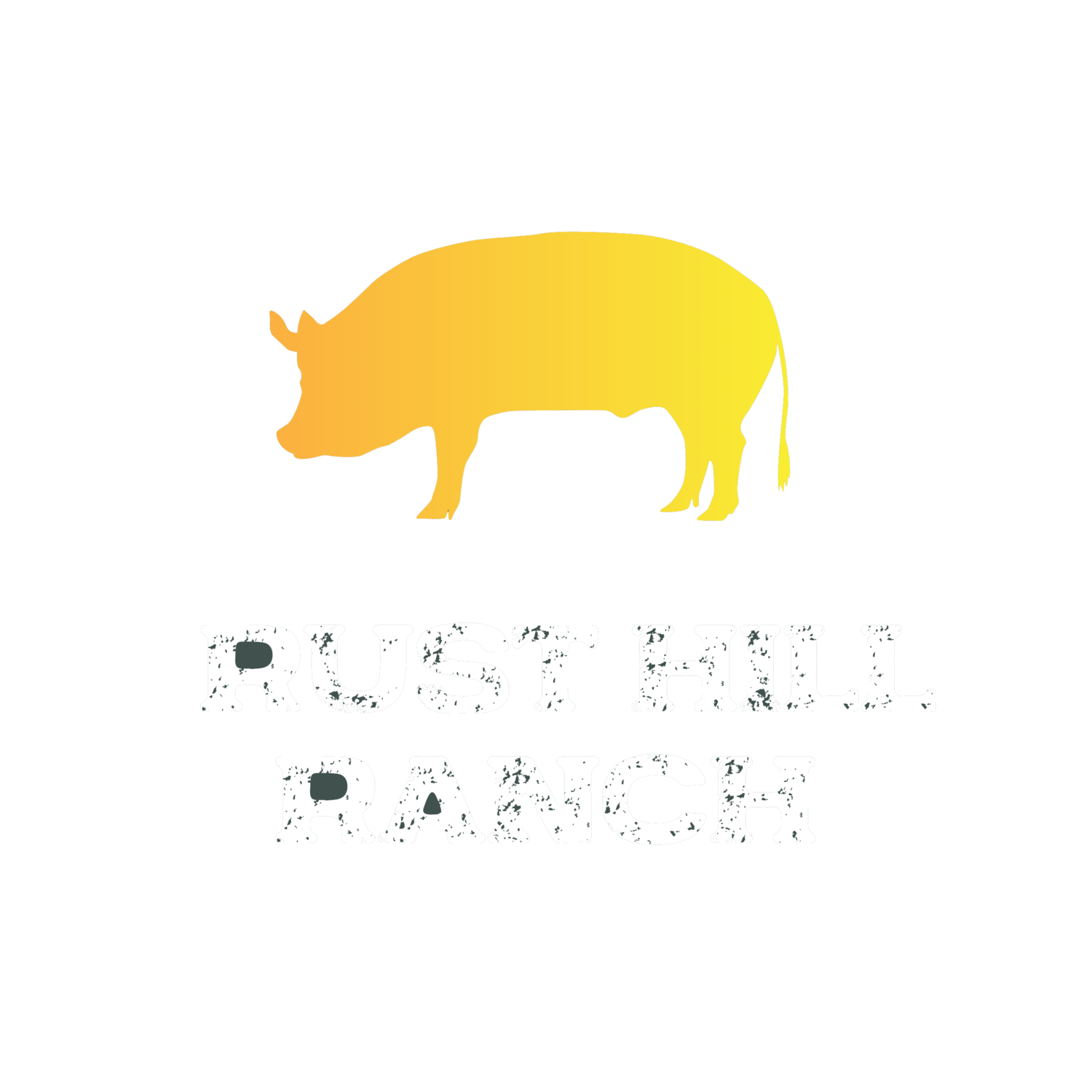Dirt to Soil
“I wish I’d had the foresight back when I bought the place to archive some of the soils.”
Regenerative ranching is a soil-building enterprise. Gabe Brown, legendary regenerative rancher from Bismarck, ND, regrets not archiving samples before he began his operation in 1991. Before-and-after comparisons provide evidence that our practices are working, illustrating the benefits of integrating animals on the land.
We took Gabe Brown’s advice to heart, and worked with our local Soil and Water Conservation District rep Mary Jo Youngbauer to take multiple soil borings from the original, conventional corn/soy fields and compare them to the forest soils a few meters away. The difference in soil composition, color, and consistency was striking.
Mary Jo Youngbauer, Lower St. Croix Watershed Conservation Planner, demonstrates the use of a bucket auger to collect soil samples to a depth of 24 inches.
Left: 3 samples from different locations across the tillage corn/soy field.
Right: Sample from forest floor adjacent to the field, 3 meters away.
The fields, tilled and planted with corn & soy for decades, is rust-colored and devoid of organic matter. The soil from the forest floor is black, high in organic matter, and teeming with earthworms and roots.
To add insult to injury, 8 inches below the surface at the “plow depth,” there is a layer of hardpan soil compacted over years of tillage equipment ripping through the surface of the field. To quantify the effect of this layer, Mary Jo used a penetrometer to measure the pressure required to push through that hardpan layer. It required 300 PSI to penetrate the compaction layer, which is considered the beginning of the “red zone” for soil compaction.
Mary Jo Youngbauer uses a penetrometer to measure soil compaction in the conventionally tilled corn/soy field.
“Red Zone” reading 300 PSI (inner scale) to push through the compaction layer on our previously tilled field.
Gabe Brown inspired these “before pictures.” Our mission now is to follow in his footsteps and turn our own dirt to soil.





